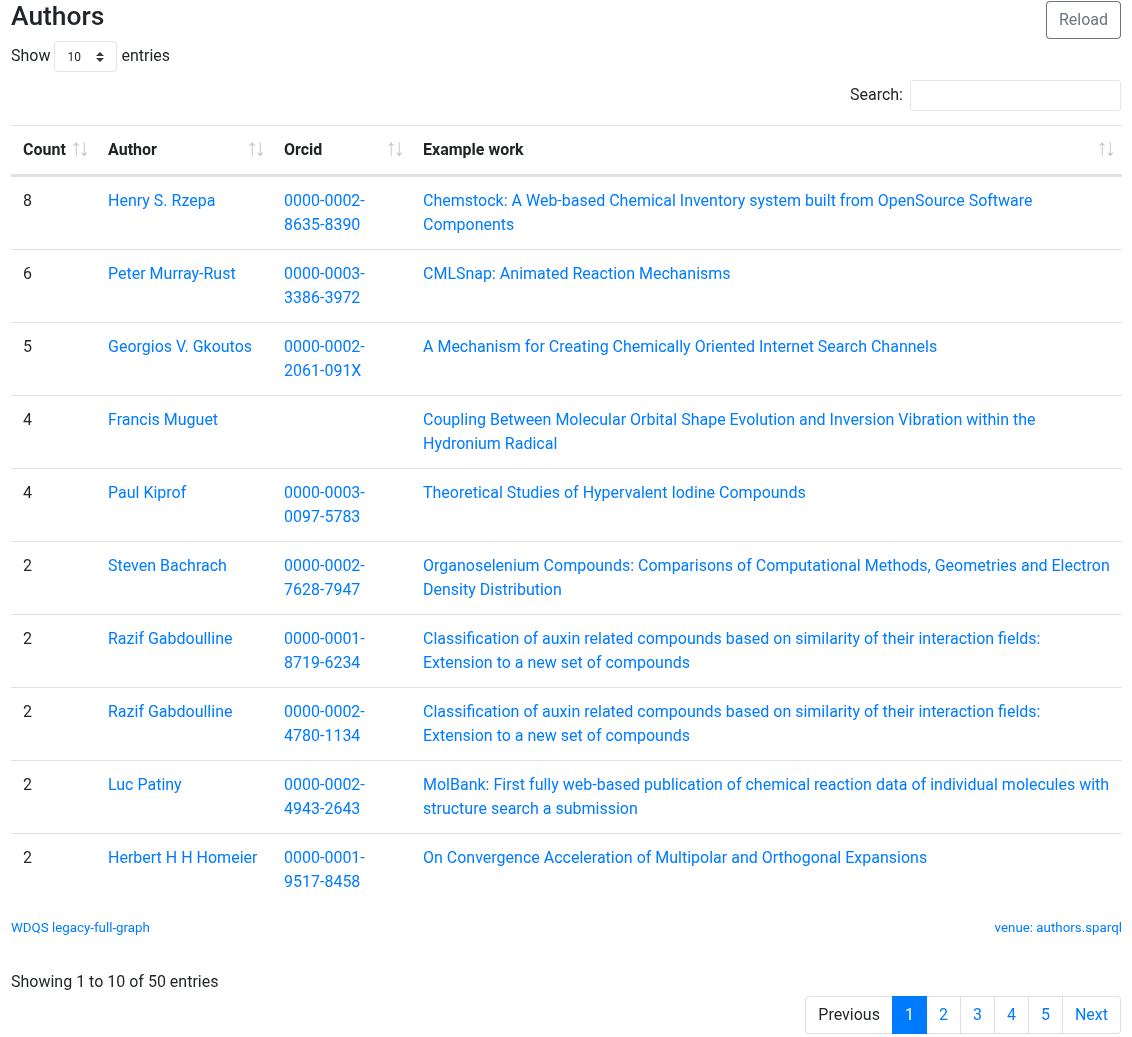In the previous post I mooted the possibility that a high energy form of the dimer of nitric oxide 1 might nonetheless be able to be detected using suitable traps (such as hydrogenation or cycloaddition). However, an interesting alternative is that this species could be trapped by nitric oxide itself.
Previously I looked at some of the properties of the mysterious dimer of nitric oxide 1 – not the known weak dimer but a higher energy form with a “triple” N≡N bond.
I started adding citations to my blog posts around 2012 using the Kcite plugin.‡ Rogue Scholar is a service that monitors registered blog sources and adds all sorts of value to the original post, including identifying such citations and creating a list of them.

Two years ago, I posted on the topic “Internet Archeology: reviving a 2001 article published in the Internet Journal of Chemistry (IJC)”. The IJC had been founded in 1998, in part at least to “re-invent” the scholarly journal by elevating research data to being a more integrated part of the overall article, rather than as […]
Previously, I pondered about the strange N=N double bond in nitrosobenzene dimer as a follow up to commenting on the curly arrow mechanism of the dimerisation.
In the previous post, I introduced the N=N double bond in nitrosobenzene dimer, arguing that even though it was a formal double bond, its bond dissociation energy made it nonetheless a very weak double bond! This was backed up by a technique known as energy decomposition analysis or EDA.
In an earlier blog, I discussed the curly arrows associated with the known dimerisation of nitrosobenzene, and how the N=N double bond (shown in red below) forms in a single concerted process.
In the previous post I followed up on an article published on the theme “Physical Organic Chemistry: Never Out of Style“. Paul Rablen presented the case that the amount of o (ortho) product in electrophilic substitution of a phenyl ring bearing an EWG (electron withdrawing group) is often large enough to merit changing the long […]
The title of this post comes from an article published in a special virtual issue on the theme “Physical Organic Chemistry: Never Out of Style” There, Paul Rablen presents the case that the amount of o (ortho) product in electrophilic substitution of a phenyl ring bearing an EWG (electron withdrawing group) is often large enough […]
This are just a few insights I have got from some of the talks I attended. As usual, this does not represent a report on the WATOC congress itself, but simply some aspects that caught my personal eye.

The WATOC congresses occur every three years.